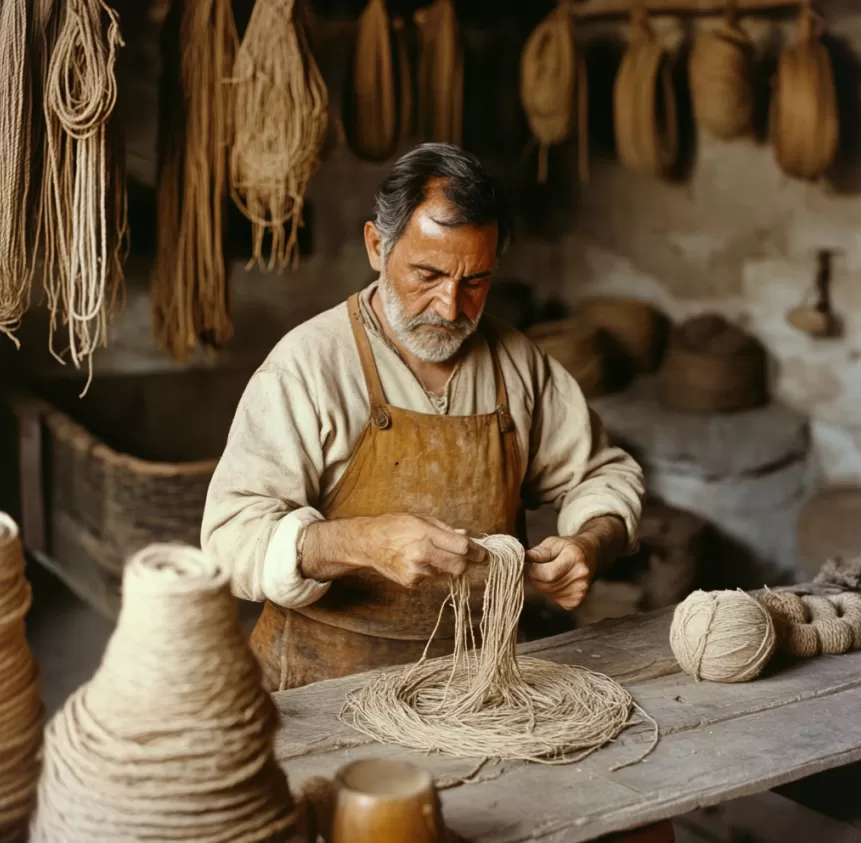Problems and challenges
Despite the growing interest, craftsmen face a number of difficulties:
Advertising
Lack of funding and infrastructure for training.
Decrease in the number of students – young people are heading to large cities and the IT sector.
Competition with cheap mass production – uniqueness often turns out to be more expensive.
Difficulties in promotion and marketing.
The future of traditional crafts
The potential of crafts is enormous if you combine traditions with innovations. Educational programs, support for craftsmen’s initiatives, and involvement of the younger generation are important.
Creation of craft clusters and creative hubs.
Development of cultural tourism.
Use of digital technologies for training and promotion.
Collaborations of craftsmen with designers and artists.
Conclusion
The revival of traditional crafts is not just a tribute to fashion, but a deep process of preserving cultural heritage and finding a balance between the past and the present. Craftsmen who preserve this knowledge and adapt it to modern conditions become the guardians of culture and inspirers of the new generation.
Technology in this process is not an enemy, but an ally, opening up new horizons for creativity and preserving uniqueness. In the era of digital acceleration, crafts remind us of the value of time, the human hand, and the soul in each product.


